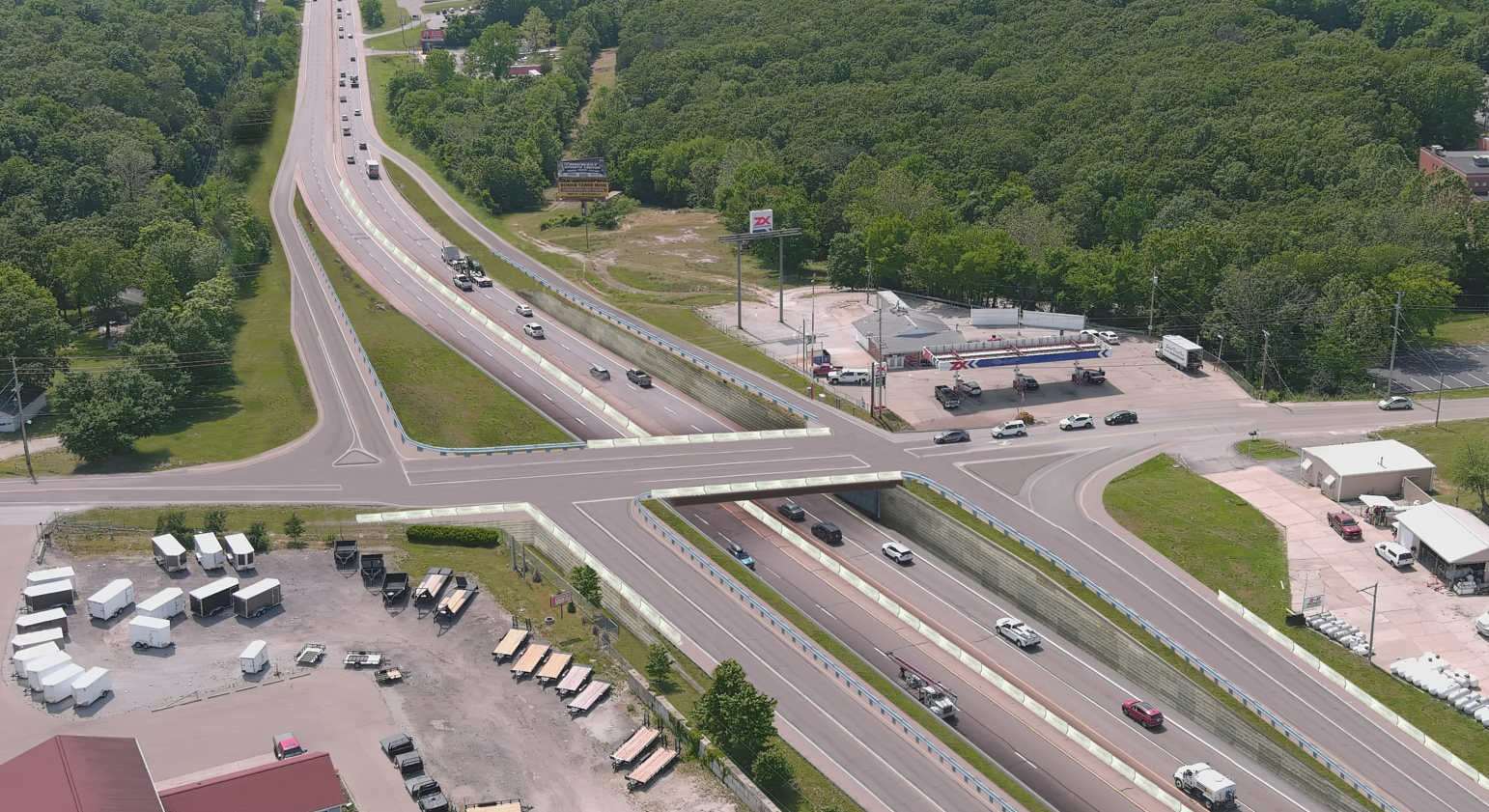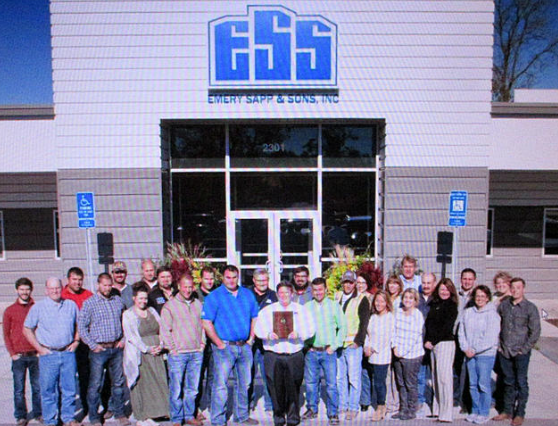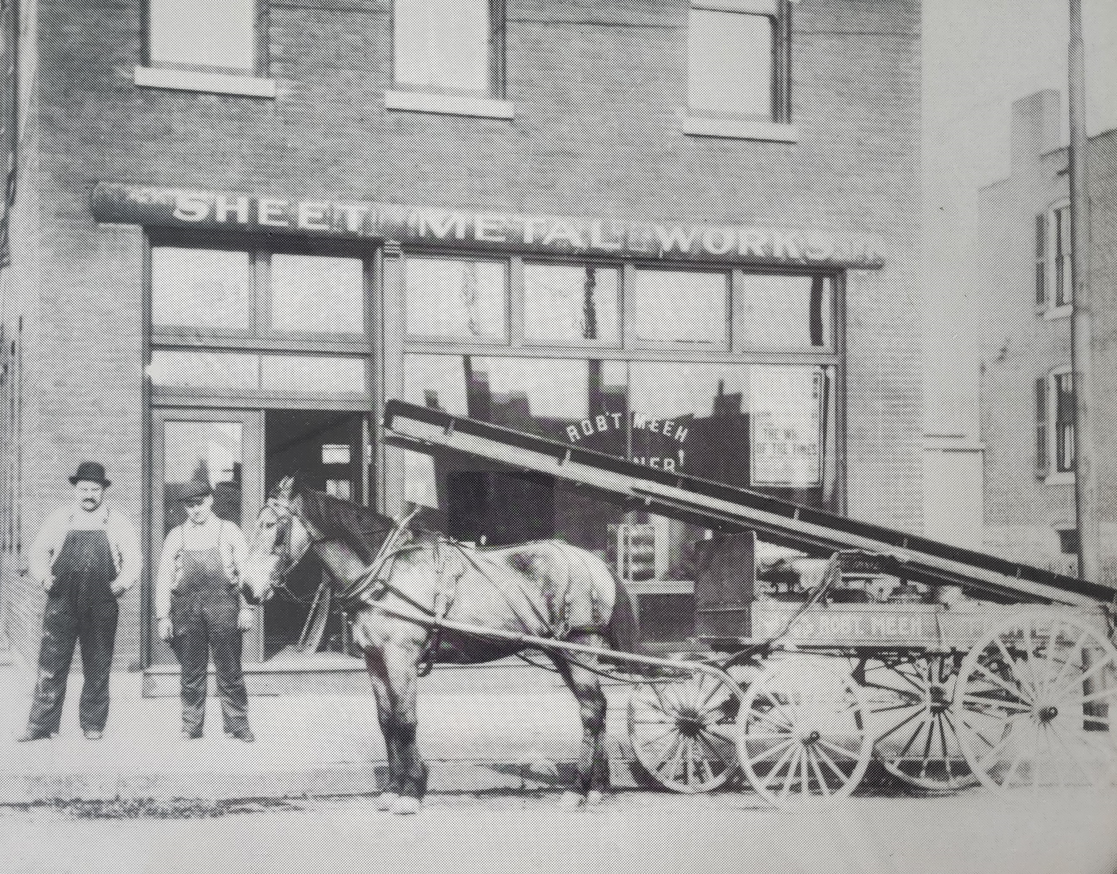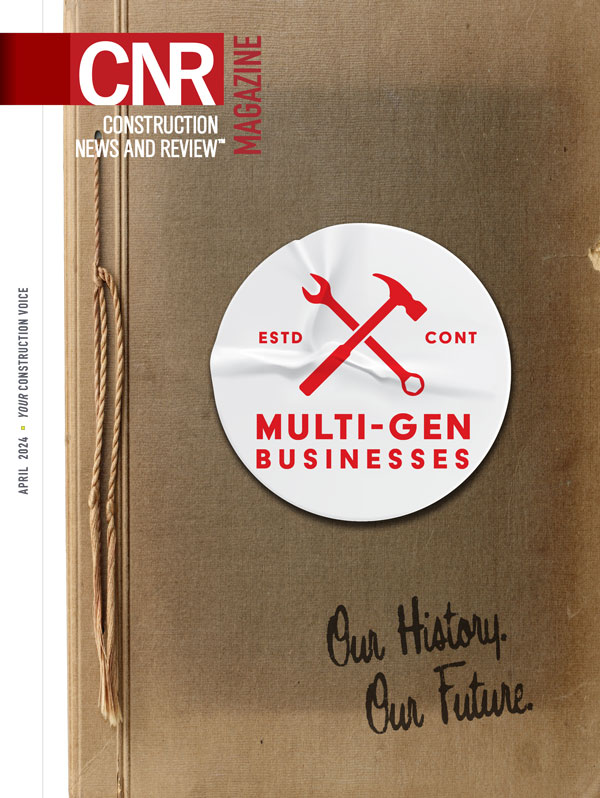U.S. Road, Bridge Projects Continue While IIJA Contract Awards Roll On
Cutline: Rendering of Future Interchange at US 67 and Route CC (Image courtesy of Bartlett & West)
By EDA GALENO
The Infrastructure Investment and Jobs Act – also known as the Bipartisan Infrastructure Law – which was signed into law by President Biden in November of 2021 authorized $1.2 trillion for transportation and infrastructure spending with $550 billion going towards new federal infrastructure investments.
A recent survey by the Associated General Contractors of America and Sage garnered nearly 1,300 responses from construction firms on the state of the industry. A mixed outlook was projected for 2024, however contractors were upbeat about infrastructure and federal spending categories.
“I think that’s consistent with what we are expecting in terms of money coming out from the Infrastructure Investment and Jobs Act and other legislation passed in the last couple of years,” said Ken Simonson, chief economist, AGC of America.
According to the survey, 1,271 respondents compared the available dollar value of projects they are competing for in 2024 to that of 2023; 44 percent expect those dollars to be higher in the water/sewer sectors; 45 percent expect those dollars in 2024 to be higher in transportation; 44 percent expect that amount to be higher in bridge and highway projects; and 38 percent expect a higher amount in the power sector.
Respondents also addressed whether they felt that the IIJA made a difference to their business. Of the 1,187 who responded, 9 percent have worked on new projects funded by the law; 6 percent have won bids but have not started work; 7 percent have bid on projects but have not won any awards yet; 12 percent plan to bid on projects but nothing suitable has yet been offered; 33 percent do not expect any change in their business as a result of the law; and 30 percent did not know.
“The Biden Administration’s website lists billion in announced public infrastructure and clean energy investments. However, the vast majority of these projects have not broken ground yet,” said Ben Brubeck, ABC vice president of regulatory, labor and state affairs. “The Biden Administration has announced these projects, meaning funding from federal agencies via discretionary and formula grants has been awarded to state and local governments and private developers via BIL and IRA, generally known as federally assisted projects. However, most of these announced projects are in the design and/or procurement phases, meaning the contracts have not yet been awarded to contractors, nor has ground been broken yet. Many of these project contracts will be awarded in 2025 and break ground in mid to late 2025 and 2026.”
According to Brubeck, the big picture is that the construction industry is not feeling the full benefit of taxpayer investments in infrastructure at this time.
But that’s not stopping infrastructure construction.
“We are always working on public sector infrastructure projects,” said Tom Huster, president of KCI Construction. Currently KCI is working on the Interstate 55 Corridor upgrades in Jefferson County, Mo., with the Missouri Dept. of Transportation. The $205 million design-build project starting in 2024 is a reconstruction and expansion of I-55 to three lanes in each direction from the Route Z interchange to the US 67 interchange and the reconstruction of the Route CC interchange at US 67. Additionally, KCI is performing corridor improvements on Interstate 55 in St. Louis, from the Anheuser-Busch brewery to Lindbergh in South County, a $70 million project.
Flatiron is working on other notable public infrastructure projects underway throughout North America. The Hampton Roads Bridge-Tunnel Expansion is a $3.8 billion design-build project in Virginia that will create the second-largest tunnel opening in North America and double the capacity of the bridge tunnel.
And the U.S. 181 Harbor Bridge Replacement Project being constructed by Flatiron and Dragados is a $1.2 billion design-build project in Corpus Christi, Texas. When completed in 2025, it will be the longest cable-stay bridge in the U.S. and Canada with a main span length of 1,661 feet. The project includes nearly 6.5 miles of bridge and connecting roadway. The new bridge will improve safety for travelers, increase traffic efficiency and help provide greater economic development opportunities for the region.
Fresh Content
Direct to Your Inbox

YOUR CONSTRUCTION VOICE IN ST. LOUIS AND BEYOND
Join CNR Magazine today as a Content Partner
As a CNR Content Partner, CNR Magazine promises to support you as you build, design and engineer projects not only in and around St. Louis, but also across the U.S. CNR is equipped and ready to deliver a dynamic digital experience paired with the top-notch, robust print coverage for which you’ve always known and respected the magazine.






